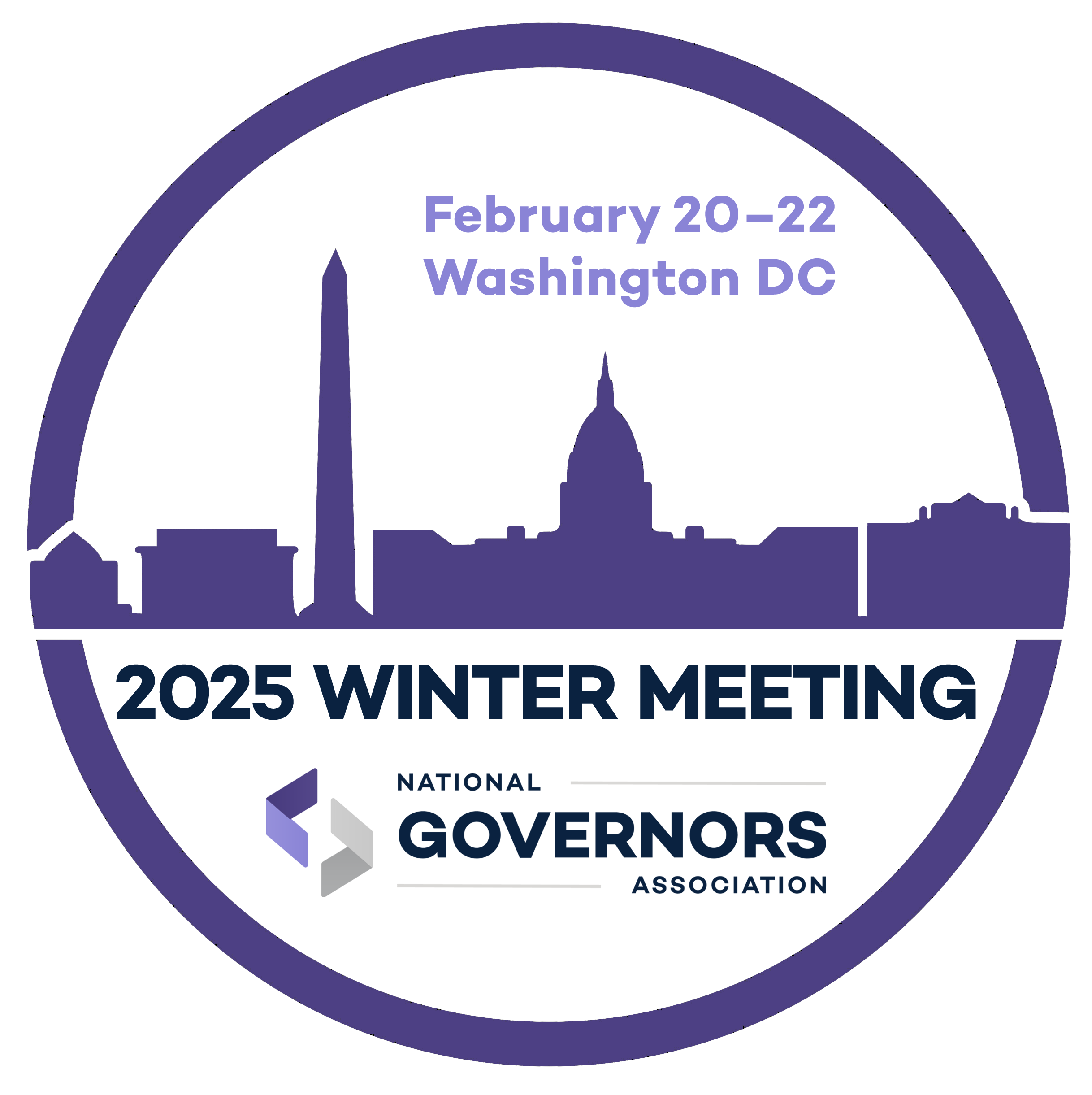The Honorable Greg Walden
Chairman
Energy and Commerce Committee
United States House of Representatives
2185 Rayburn House Office Building
Washington, D.C. 20515
The Honorable Frank Pallone
Ranking Member
Energy and Commerce Committee
United States House of Representatives
237 Cannon House Office Building
Washington, D.C. 20515
The Honorable Bob Latta
Chairman
Digital Commerce and Consumer Protection Subcommittee
United State House of Representatives
2448 Rayburn House Office Building
Washington, D.C. 20515
The Honorable Janice Schakowsky
Ranking Member
Digital Commerce and Consumer Protection Subcommittee
United States House of Representatives
2367 Rayburn House Office Building
Washington, D.C. 20515
Dear Chairman Walden, Chairman Latta, Ranking Member Pallone and Ranking Member Schakowsky:
On behalf of the nation’s governors, legislatures, state transportation officials, state motor vehicle administrators and highway safety officials, we appreciate the efforts made by the House Energy and Commerce Committee’s (Committee) Digital Commerce and Consumer Protection Subcommittee to include key stakeholders in developing the appropriate federal framework for the use of autonomous vehicle (AV) technologies on our nation’s roadways. As the Committee continues to work on legislation related to AVs, we want to highlight a number of areas of serious concern and we stand ready to work with you to address these important safety issues.
Expansion of Federal Preemption
We agree that conformance with Federal Motor Vehicle Safety Standards (FMVSS) is a federal obligation and the function of the FMVSS should remain at the federal level. Traditionally, state laws have been restricted to the operational safety imposed on vehicles after they have been constructed and introduced to public roadways. This interdependence between federal oversight of safety standards in vehicle design and the ability of states to ensure safe vehicle operations will continue to remain essential with regard to autonomous vehicles. Unfortunately, the bill currently being considered by the Committee seeks to significantly expand federal preemption of states by moving beyond the traditional definition of motor vehicle safety to encroach vehicle operation and traffic safety regulations that continue to remain under the states’ purview.
Creating a Safety Vacuum
Protecting public safety on the roadways is one of the fundamental roles of state government. With the rapid pace of autonomous technological innovation not being matched by corresponding vehicle safety standards or other requirements by the National Highway and Traffic Safety Administration (NHTSA), states have had to step into this role in order to ensure that autonomous vehicle testing—which is aimed at improving this technology—is done in a safe and responsible manner. We continue to welcome sole federal oversight of “motor vehicle safety” as long as the appropriate safety assurances are being conducted and communicated transparently by NHTSA. Unfortunately, the current legislation would both prevent states and the federal government from requiring a safety assurance from manufacturers and developers responsible for introducing these technologies to the public roadways.
The potential for this vacuum becomes even more likely based on provisions that would expand NHTSA’s vehicle exemption powers to 100,000 vehicles from its current level of 2,500 during a 12-month period. Based on the scope of development and field evaluation of a new motor vehicle safety feature, we are concerned that this forty-fold increase in the exemption threshold could be excessive or present potential safety risks to the motoring public. Further, the discussion thus far has failed to make a clear distinction between testing and deployment and the appropriate exemptions for each. The general public deserves reasonable certainty that vehicles in full production are considered safe prior to any type of lease, purchase, or ride. Law enforcement entities will also need to know the exact volume of vehicles not conforming to FMVSS as they will be interacting with those vehicles.
State and Federal Government Cooperation
Additionally, while information sharing between the federal government and states is indispensable in order for a state to understand the status of a Highly Automated Vehicle, a 30-day notification period may be insufficient given the potential variety and frequency of changing vehicle capabilities within a diverse fleet.
Finally, given the important roles state agencies play with regard to transportation safety, we are concerned with the lack of explicit state representation on the various councils and advisory groups proposed by this legislation. Especially with respect to the cybersecurity advisory council, the sharing of threat information with state government will be a critical component of preventing and mitigating security threats in autonomous vehicles.
Fostering the development and deployment of this exciting technology is important to both states and the federal government. However, the implementation of autonomous vehicle policy requires both a complex division of state and federal responsibilities and state and federal cooperation. We must approach these issues in a pragmatic, thorough and thoughtful manner as safety on our nation’s roadways is too important not to do so. As your partners in this process, please let us know how we can work with you to address the collective concerns of states.
Sincerely,
Scott D. Pattison
Executive Director and CEO
National Governors Association
William T. Pound
Executive Director
National Conference of State Legislatures
Bud Wright
Executive Director
American Association of State Highway and Transportation Officials
Anne Ferro
President & CEO
American Association of Motor Vehicle Administrators
Jonathan Adkins
Executive Director
Governors Highway Safety Association













